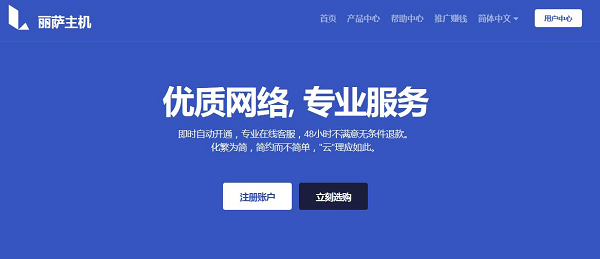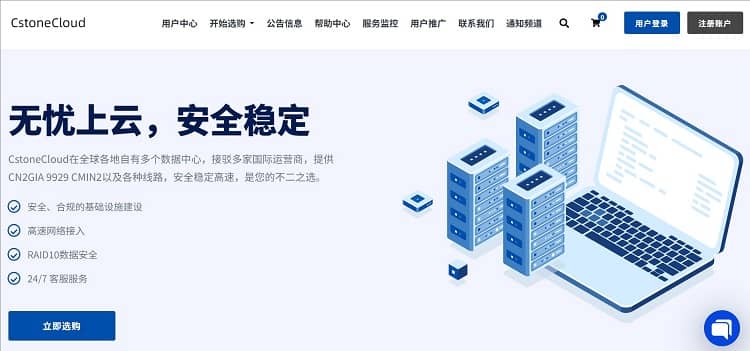在Go语言中,开发中间件以确保数据安全需要考虑多个方面。以下是一些关键步骤和最佳实践:
1. 输入验证
- 验证输入数据:确保所有传入的数据都是预期的格式和类型。
- 防止注入攻击:使用参数化查询或ORM来防止SQL注入,使用模板引擎来防止XSS攻击。
2. 认证和授权
- 用户认证:使用JWT(JSON Web Tokens)或其他认证机制来验证用户身份。
- 权限控制:确保用户只能访问他们被授权的资源。
3. 加密和安全传输
- HTTPS:使用HTTPS来加密数据传输。
- 数据加密:对敏感数据进行加密存储。
4. 日志和监控
- 日志记录:记录所有重要的操作和错误,以便进行审计和故障排除。
- 监控和警报:设置监控系统来检测异常行为并发送警报。
5. 安全更新和补丁
- 定期更新:保持Go语言运行时和相关库的最新状态,以修复已知的安全漏洞。
6. 安全编码实践
- 最小权限原则:确保中间件只拥有完成任务所需的最小权限。
- 错误处理:避免在错误消息中泄露敏感信息。
示例代码
以下是一个简单的Go语言中间件示例,展示了如何进行基本的认证和授权:
package main
import (
"fmt"
"net/http"
"strings"
)
// Middleware function to authenticate and authorize
func authMiddleware(next http.Handler) http.Handler {
return http.HandlerFunc(func(w http.ResponseWriter, r *http.Request) {
authHeader := r.Header.Get("Authorization")
if authHeader == "" {
http.Error(w, "Unauthorized", http.StatusUnauthorized)
return
}
tokenParts := strings.Split(authHeader, " ")
if len(tokenParts) != 2 || tokenParts[0] != "Bearer" {
http.Error(w, "Invalid token format", http.StatusUnauthorized)
return
}
token := tokenParts[1]
// Here you would verify the token with your authentication service
// For simplicity, we'll assume the token is valid
next.ServeHTTP(w, r)
})
}
func mainHandler(w http.ResponseWriter, r *http.Request) {
fmt.Fprintln(w, "Hello, authenticated user!")
}
func main() {
mux := http.NewServeMux()
mux.HandleFunc("/", mainHandler)
// Wrap the main handler with the authentication middleware
wrappedMux := authMiddleware(mux)
http.ListenAndServe(":8080", wrappedMux)
}
总结
通过上述步骤和示例代码,你可以创建一个基本的中间件来保障数据安全。实际应用中,你可能需要根据具体需求进行更复杂的实现,例如使用更安全的认证机制、数据加密等。

 便宜VPS测评
便宜VPS测评











